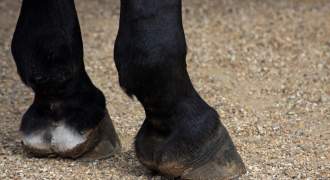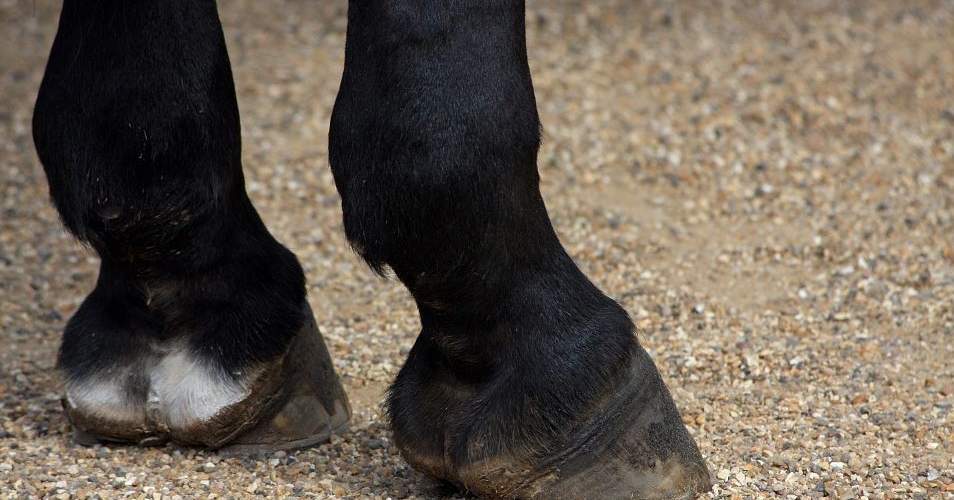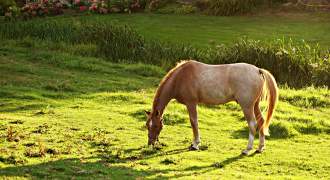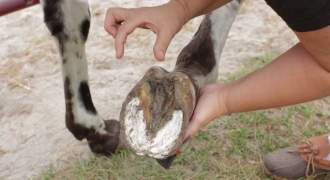Six ways to prevent laminitis in horses
By Wendy Talbot on 17 April 2018
We’ve come up with a list with six ways to prevent laminitis in horses.
If your horse could write you a ‘to do’ list, keeping him safe from laminitis would be likely to feature towards the top at this time of year. It can be excruciatingly painful, cause irreversible damage to structures in the foot and can lead to euthanasia. But by planning ahead and following our six top tips you can help ward off the risk.
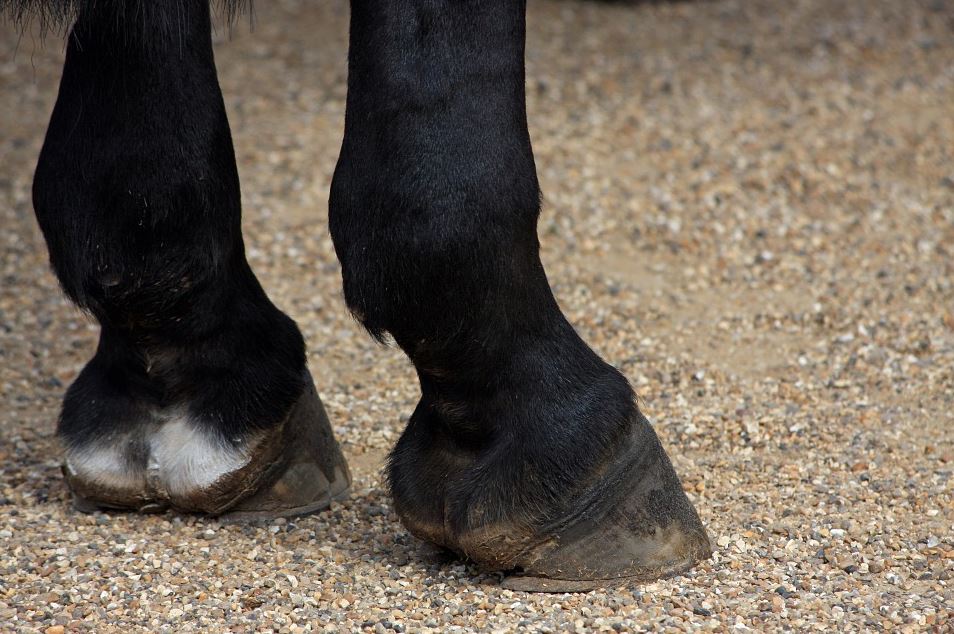
- Don’t let your horse get too fat: It’s true that any horse or pony, fat or thin, large or small, can get laminitis at any time of year but obese animals may be more susceptible. Keep a careful eye on your horse’s weight all year round and be rigorous with a regular exercise routine.
- Control access to grass: Laminitis can occur at any time of year but the spring and autumn flushes of growth can heighten the risk. When the grass starts growing in the spring don’t let susceptible horses munch too much. Actively growing grass contains higher levels of fructan (the storage form of sugar), which can increase the risk of pasture-associated laminitis. Try strip grazing to restrict access to grass or introduce a grazing muzzle.
- Turn your horse out overnight: In the growing season grass contains less fructans at night so you can help reduce the risk by turning your horse out at night and stabling him during the day. Be careful to avoid access to pasture on frosty mornings when the sugar content will also be higher.
- Feed a low sugar, low starch diet: Hay and bucket feeds should all be low in sugar and starch to help reduce the risk of nutrition-related laminitis. Play it safe by checking the ingredients on the back of your feed bags and arrange for your hay to be analysed – some feed companies offer a hay analysis service. It’s important to feed a balanced diet rather than starve your horse or pony – ask your vet or nutritionist for advice.
- Be vigilant: Check your horse every day for any early signs of laminitis such as a pottery gait on hard ground or heat in his hooves. Learn how to check your horse’s digital pulse. If it’s raised and obvious it could be a cause for concern.
- Speak to your vet: If you are worried contact your vet immediately. Prevention is better than cure and talking to your vet will reassure you that you are doing the best you can to keep your horse safe from laminitis.
References
Menzies-Gow N.J, Harris P.A., Potter K. and Elliott J. (2016) Prospective cohort study evaluating risk factors for the development of pasture-associated laminitis in the UK EVJ Version of Record online: 25 AUG 2016 | DOI: 10.1111/evj.12606
www.thelaminitissite.org
www.safergrass.org
BlueCross
Comments
DR WENDY TALBOT BVSC CERT EM (INT MED) DECEIM MRCVS
Wendy graduated from Bristol University in 1999. She then went on to complete a residency at Liverpool University and holds a European Diploma in Equine Internal Medicine. After working in practice for 13 years, she joined Zoetis in 2012 as the National Equine Veterinary Manager.
